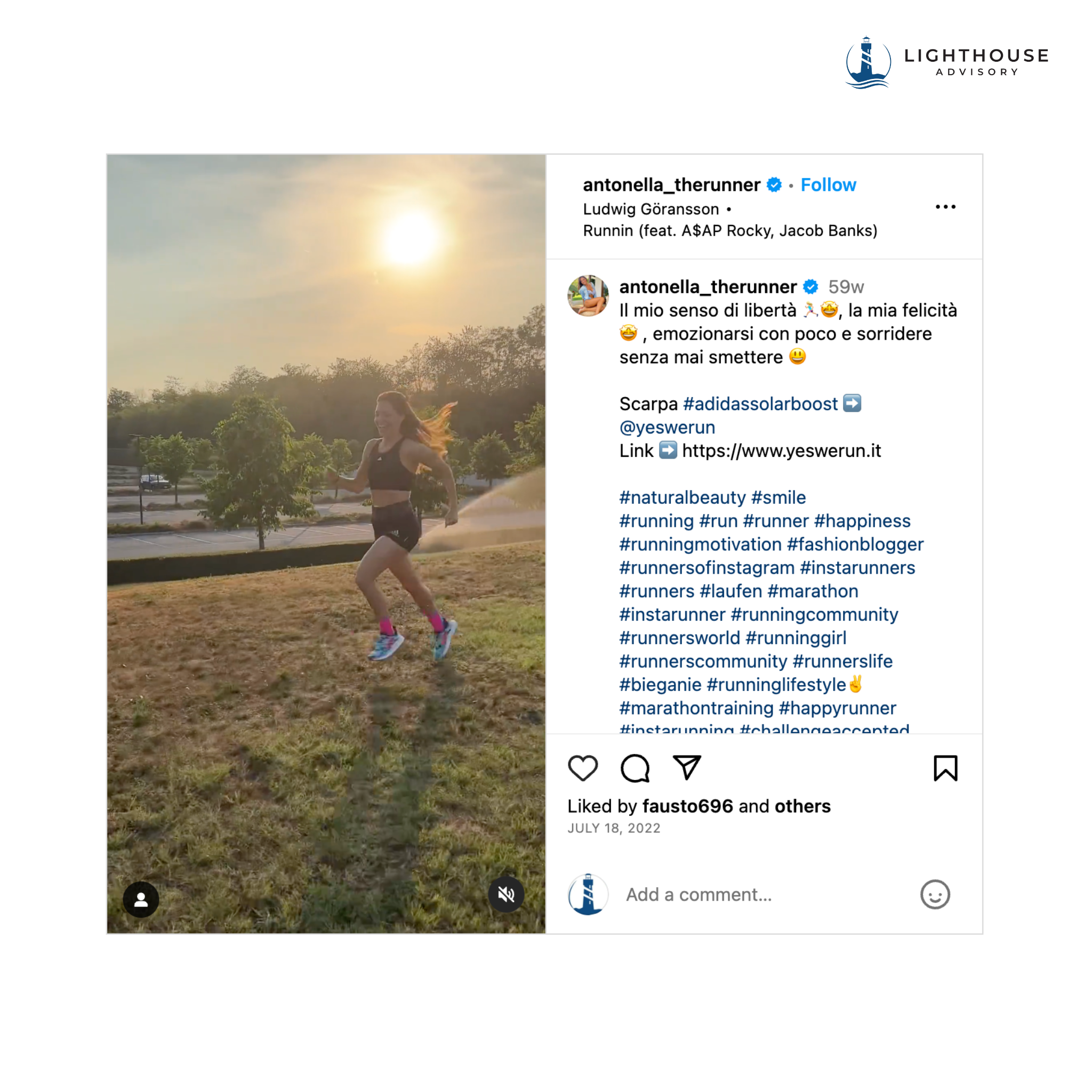The Advantages of Micro-Influencer Marketing
Why do Brands Collaborate with Micro-Influencers?
In the dynamic world of influencer marketing, creators come in all shapes and sizes, and we're not just talking about their niches.
Different influencer tiers exist, ranging from nano to mega influencers, each defined by their number of followers.
First off, we have the megastars, the ones everyone knows, like Kylie Jenner (399M followers), Selena Gomez (428M), and Cristiano Ronaldo (604M). They boast follower counts that skyrocket into the hundreds of millions, making them the undisputed giants.
Moving down the ladder, we have the macro influencers. They're the ones with hundreds of thousands to millions of followers.
While they might not be household names, they're still famous.
Think actors (Rob McElhenney, 1.8M), musicians (Kid Rock, 1.1M), pop stars (Flea, 3.3M), chefs (Max Mariola, 1.6M), or savvy business owners (Mark Cuban, 2M).
Within macro-influencers, you'll find a mix of genuine celebrities and content creators who've carved their niche.
The Micro-Influencers
And then, we have the topic of our story—the micro-influencers.
Alongside them, we've got their smaller counterparts, the nano-influencers.
But before we dive into that, here's a pro tip: influencer tiers aren't set in stone; they're shifting depending on the social media platform.
For instance, someone with nearly a million followers on TikTok could be considered a macro influencer on Instagram.
It's all about the platform-specific dynamics.
On Instagram, they're the creators with follower counts ranging from 10K to 50K. But when you switch to TikTok, the micro-influencer status starts at around 200K to 500K followers. And if you're on YouTube, you'll find micro YouTube influencers sporting follower numbers between 10K and 100K.
In essence, tiers adapt and change across different social media landscapes.
Who Are Micro-Influencers?
Micro-influencers are content creators whose follower counts typically range from 10K to 50K on platforms like Instagram.
Why Work with Micro-Influencers?
Working with micro-influencers can be a game-changer for your brand.
Here are the reasons why:
Creativity: Micro-influencers may not have a massive following but are more than just novices. They're adept at curating content, showing dedication, and experimenting with fresh ideas. Their creativity can inject new life into your campaigns.
Budget-Friendly Collaborations: Unlike mega-influencers, who demand hefty payouts, micro-influencers often accept reasonable compensation or even free products in exchange for collaborations. This makes them ideal for brands with budget constraints.
Enhanced Engagement and Visibility: Micro-influencers strike a balance between visibility and engagement. You can extend your reach across diverse audiences by partnering with several micro-influencers for a campaign. Additionally, their communities translate into higher engagement rates.
Niche Audience Targeting: Micro-influencers tend to have niche communities that align with specific interests. This makes them perfect for reaching your precise target audience. For smaller brands, this laser-focused approach can yield significant benefits.
Finding the Right Micro-Influencer
How do you find the perfect micro-influencer for your brand?
While manually searching through social media platforms can be time-consuming, a more efficient option is the Lighthouse Advisory Influencer Marketing Service.
Our team will swiftly identify micro-influencers tailored to your brand's image and values. We'll handle the vetting process and set up collaborations, making it a hassle-free experience.
Success Stories: Brands Embracing Micro-Influencers
If you’re brand is looking for a cost-effective and wide-reaching marketing solution, you should consider Influencer marketing as an excellent avenue for reaching those goals.
In the fast-paced world of influencer marketing, staying up-to-date is essential. Our blog regularly publishes insights, tips, and best practices to keep you in the loop.
To learn more about the depth of our services, explore further details here.
Or, if you're eager to kickstart a conversation and explore how our service can align with your brand goals, feel free to contact us directly.







